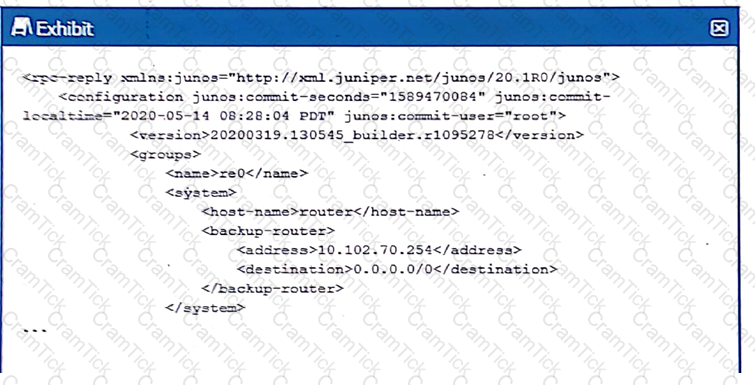In the context of the DevOps "Three Ways" principles, thefeedbackprinciple directly addresses the management of technical debt.
The "Three Ways" are core principles guiding DevOps practices, and they are as follows:
Flow:Refers to the smooth and fast flow of work through the system, from development to operations.
Feedback:Emphasizes creating effective, fast, and continuous feedback loops between teams to catch issues early, address technical debt, and ensure quality.
Continuous experimentation and learning:Encourages constant experimentation, innovation, and learning from failures to improve systems and processes over time.
Feedback and Technical Debt:
Feedbackloops play a crucial role in addressing technical debt. Technical debt refers to the implied cost of additional work that arises when code or system design decisions are made for short-term gains, such as quick fixes or temporary patches. Over time, technical debt can accumulate and degrade system performance, reliability, and maintainability.
Thefeedback loopensures that issues related to technical debt (such as poor code quality, design shortcuts, or performance bottlenecks) are caught early in the process, ideally before they become major problems. Continuous monitoring, testing, and reviewing help identify and resolve technical debt incrementally rather than letting it accumulate unchecked.
Automation in feedback loops: In DevOps, automated testing, continuous integration (CI), and monitoring tools provide immediate feedback to developers, highlighting areas where technical debt is increasing. This feedback is crucial for making proactive decisions about refactoring code or improving infrastructure without waiting for problems to manifest in production.
For instance, the feedback loop might expose slowdowns in application performance after each new feature is added. This would trigger a review to either refactor the feature code or improve system resources, preventing further technical debt accumulation.
Flow and Technical Debt:
Whileflowfocuses on the smooth transition of work through the pipeline, it indirectly helps with technical debt by ensuring continuous and streamlined processes. However, feedback mechanisms are the primary tools for identifying and resolving technical debt.
Continuous Experimentation and Learning:
This principle promotes innovation and learning from failures but does not directly address technical debt. The focus here is more on risk-taking and improvement rather than managing or eliminating technical debt.
References from DevOps Practices:
The Phoenix Project, a book often referenced in DevOps, discusses how feedback loops are essential for maintaining system integrity and managing technical debt effectively. By improving feedback mechanisms, teams can address small issues before they become costly to fix.
The DevOps Handbookalso highlights the importance of feedback in managing technical debt, emphasizing that fast feedback allows for continuous improvement and avoids the accumulation of bad practices that would otherwise lead to technical debt.
Juniper Automation and DevOps Context:Juniper’s automation frameworks integrate feedback mechanisms using tools like continuous monitoring and automated testing. These tools help engineers track the health of network systems, identify configuration drifts, and resolve issues before they lead to significant technical debt.
Additional Resources:



